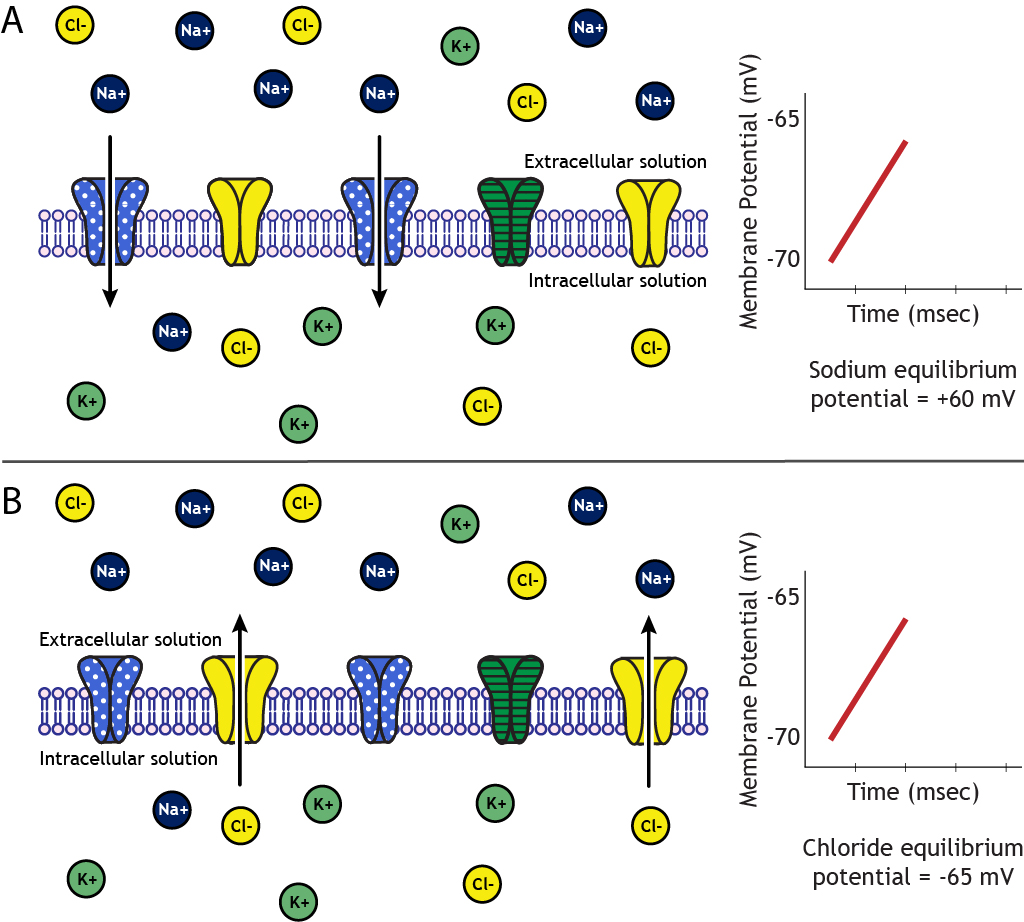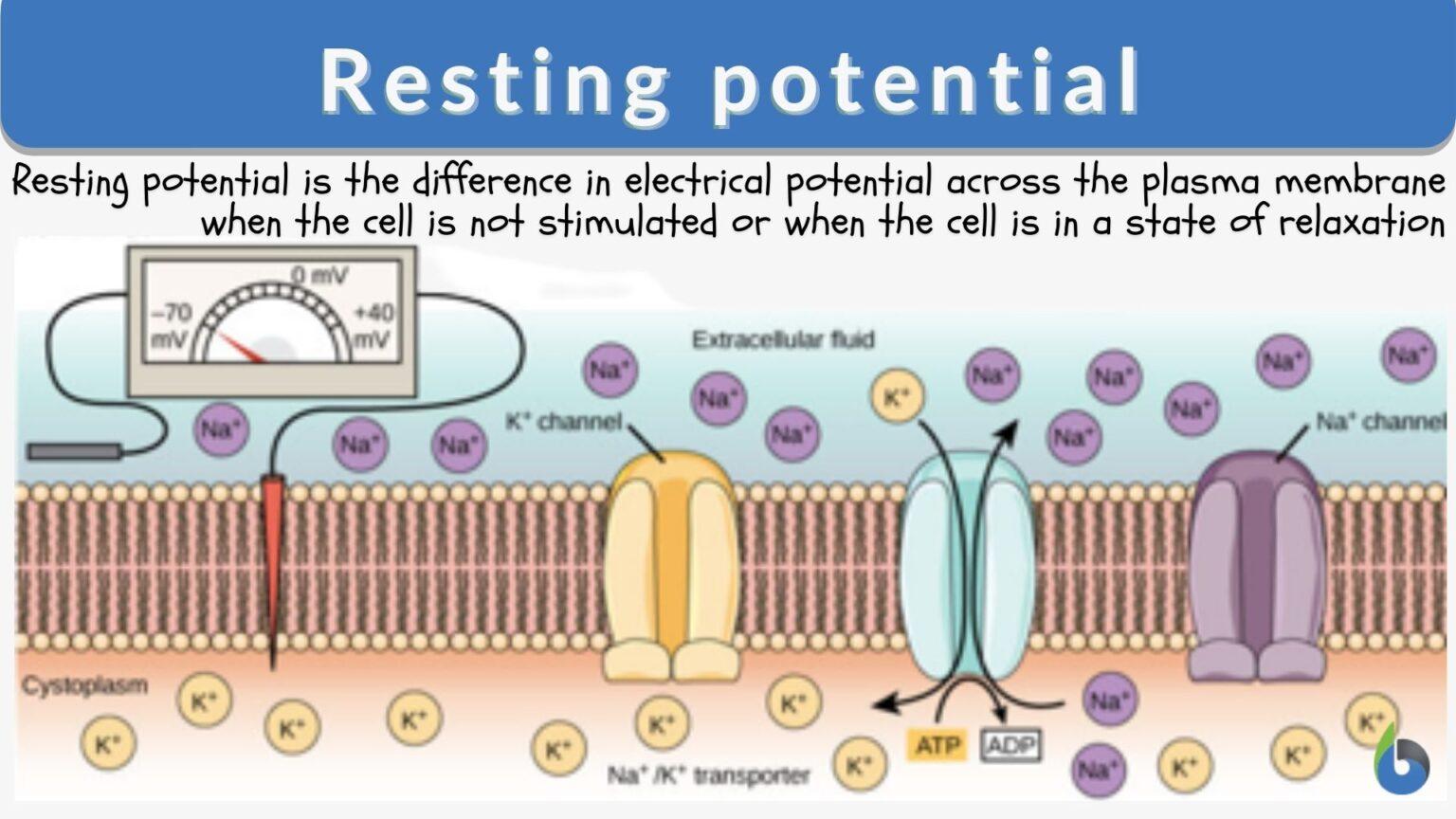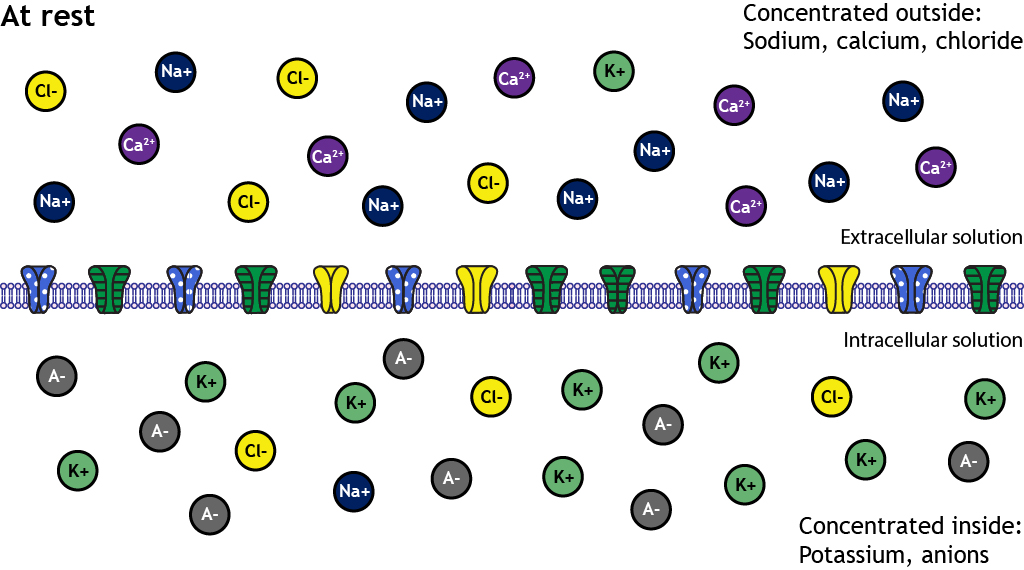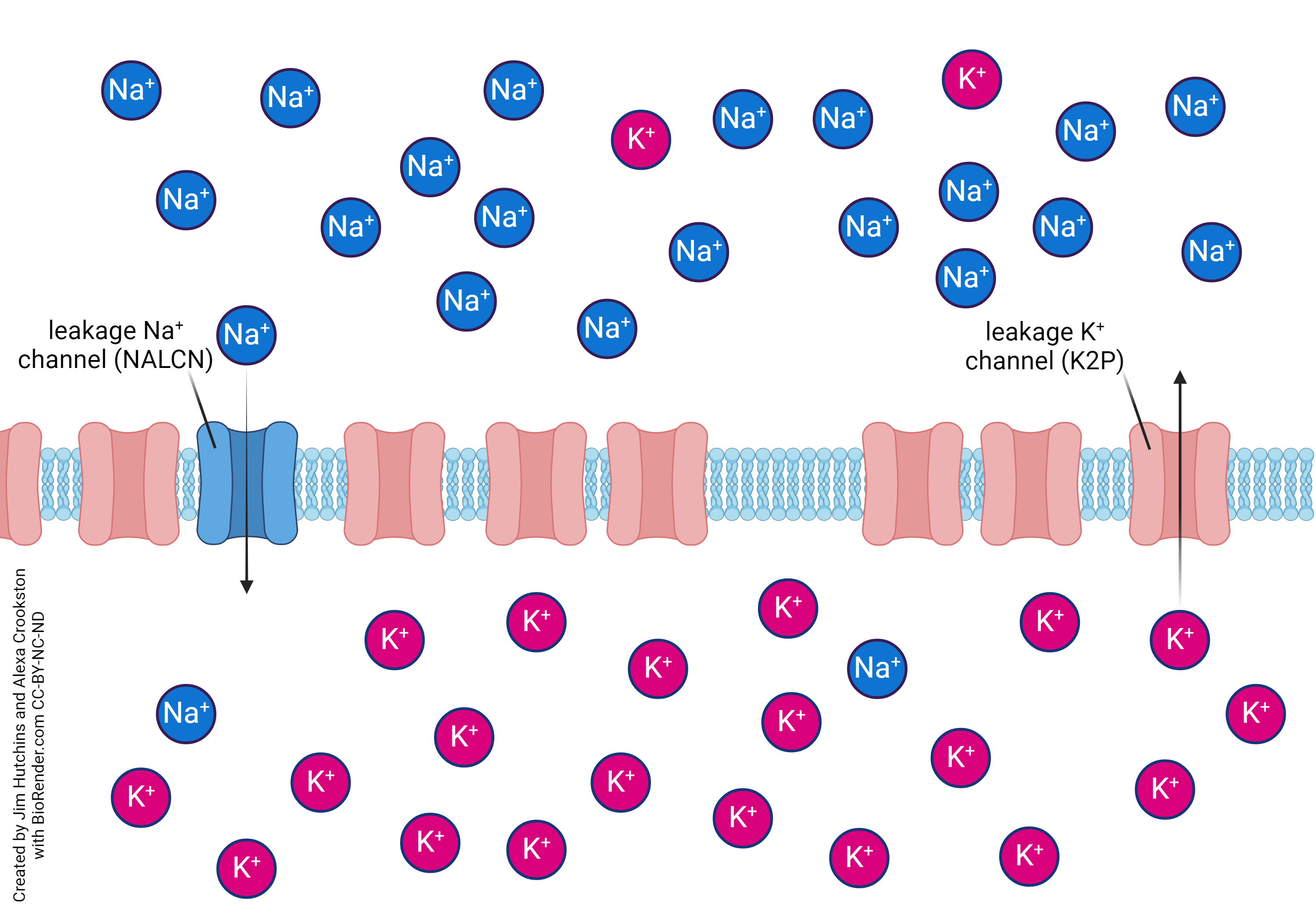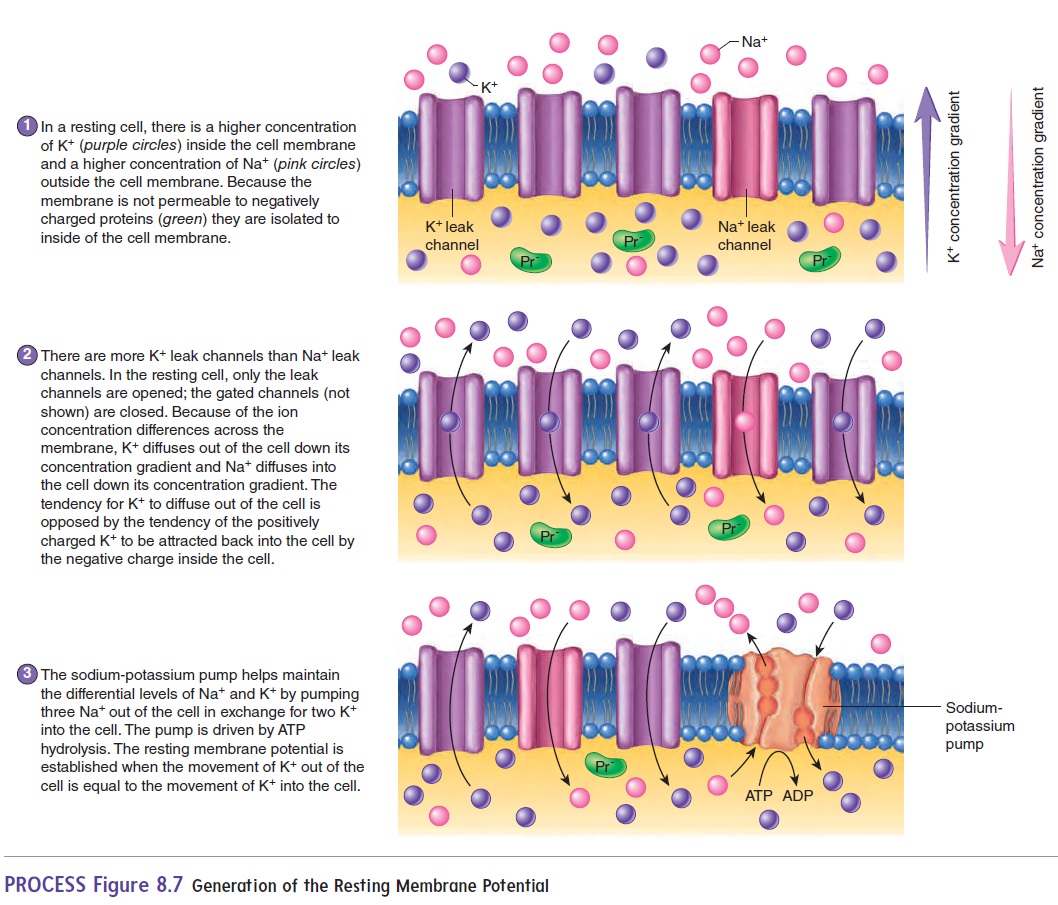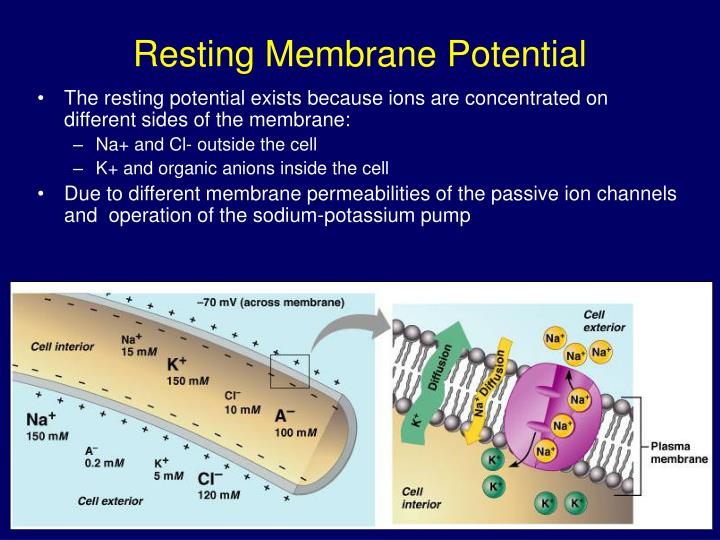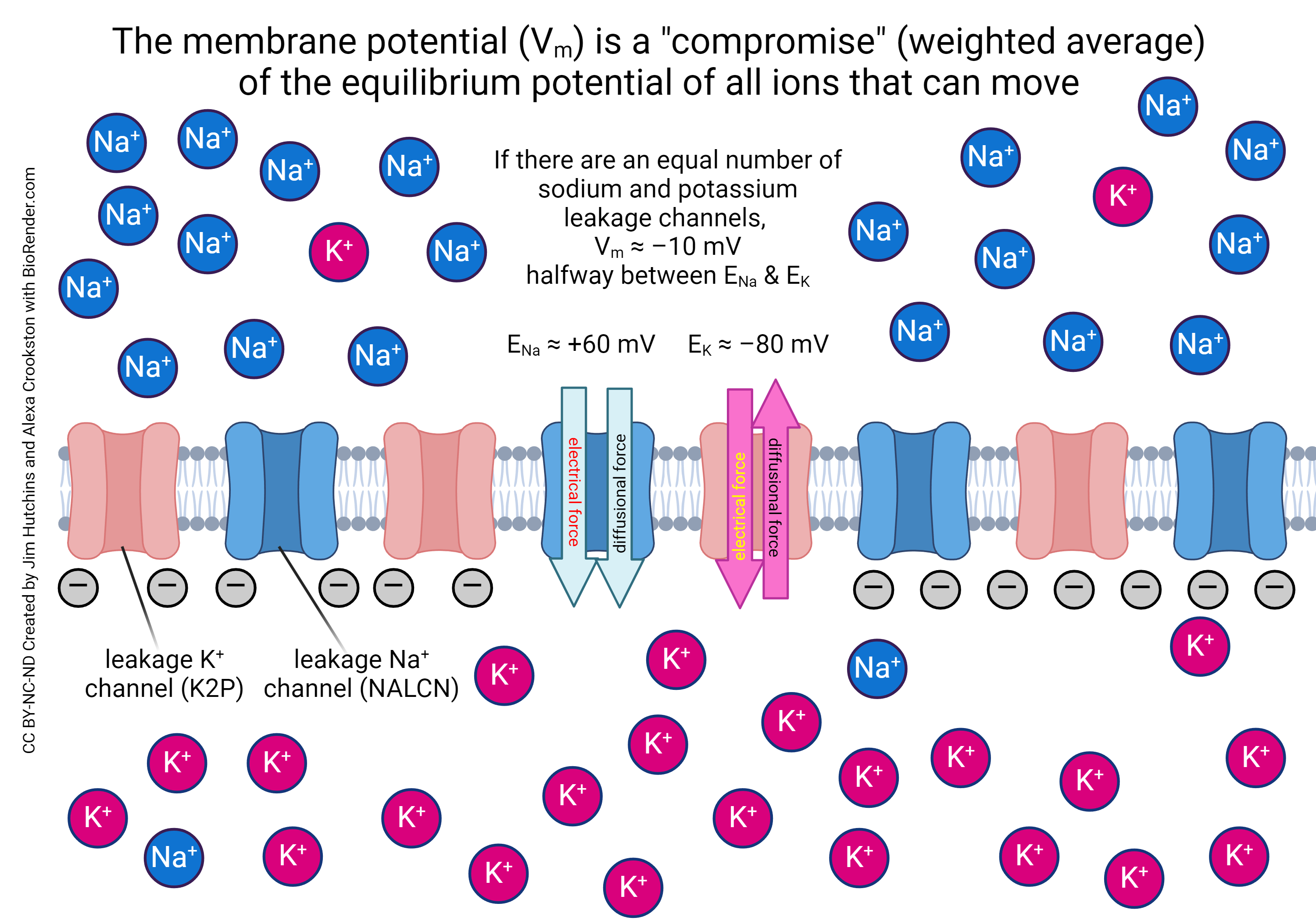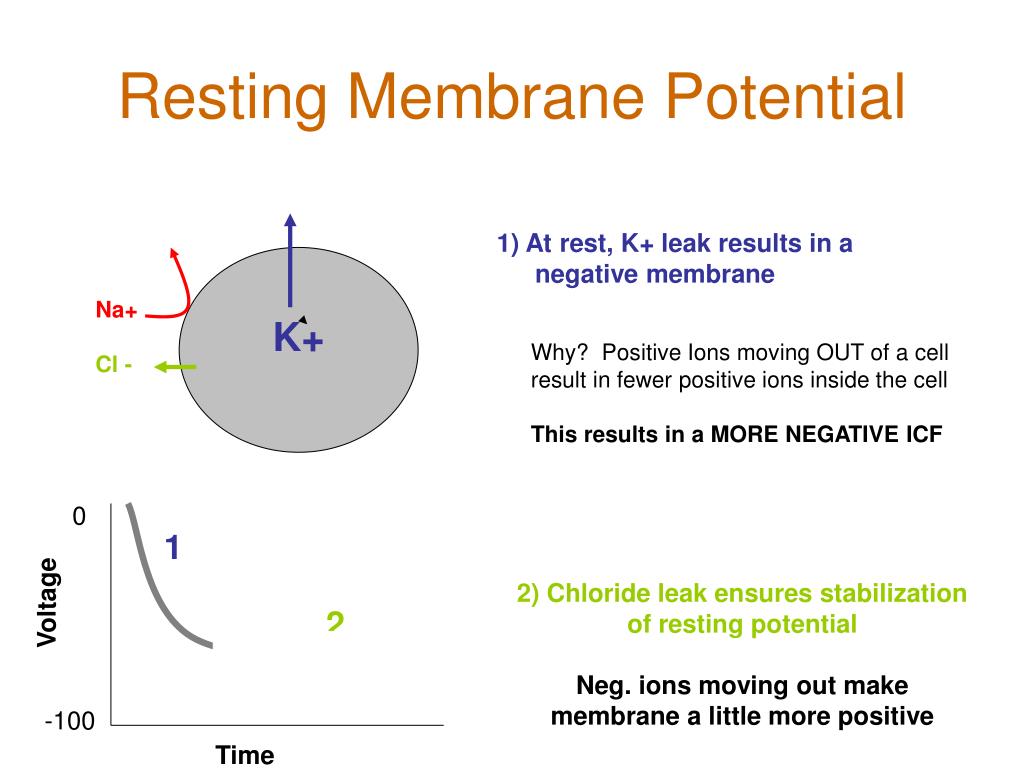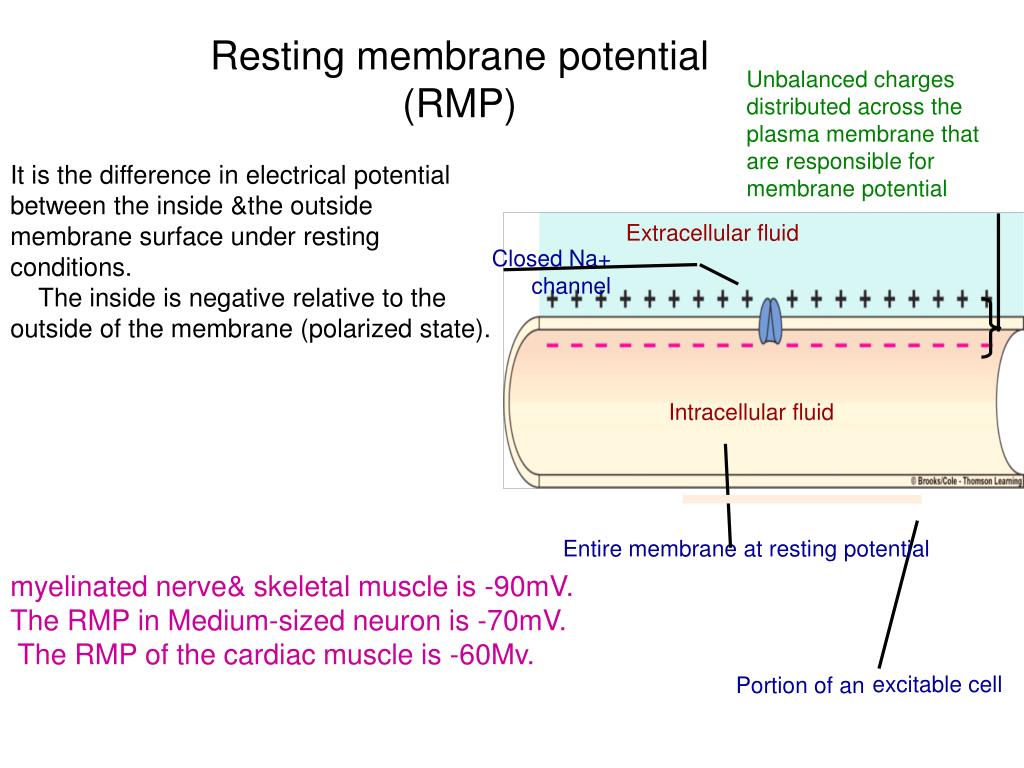Why Is Resting Membrane Potential Negative

The negative resting membrane potential is fundamental to cellular function, enabling nerve impulse transmission and muscle contraction. Understanding its origin is crucial for grasping basic physiology and developing treatments for neurological disorders.
This article breaks down the complex interplay of ions, channels, and pumps that establish and maintain this essential negative charge, offering clarity on a core concept in cell biology.
The Negative Charge Explained
Every cell maintains a voltage difference across its plasma membrane. This difference, the resting membrane potential, is typically negative, around -70 mV in neurons.
But why is it negative? The answer lies in the unequal distribution of ions and the selective permeability of the cell membrane.
Key Players: Ions and Their Concentration Gradients
The main ions involved are sodium (Na+), potassium (K+), chloride (Cl-), and negatively charged proteins (A-). The concentrations of these ions differ drastically inside and outside the cell.
Specifically, potassium is highly concentrated inside the cell, while sodium and chloride are more abundant outside. These differences create concentration gradients that drive ions to move.
The Role of Ion Channels: Selective Permeability
The cell membrane is not permeable to all ions equally. It contains ion channels, proteins that allow specific ions to pass through.
Potassium (K+) channels are typically more leaky than sodium (Na+) channels at rest. This means that potassium ions can readily move out of the cell, following their concentration gradient.
As potassium (K+) exits, it carries positive charge out, leaving behind a net negative charge inside the cell. This creates an electrical gradient that opposes further potassium efflux.
Sodium-Potassium Pump: Maintaining the Gradient
The sodium-potassium pump (Na+/K+ ATPase) is a crucial protein that actively transports ions against their concentration gradients. It pumps three sodium ions (Na+) out of the cell and two potassium ions (K+) into the cell, using ATP as energy.
This pump is vital in maintaining the concentration gradients of sodium and potassium. Without it, the gradients would eventually dissipate, and the resting membrane potential would disappear.
The pump also contributes directly to the negative resting membrane potential, albeit to a smaller degree, because it pumps out three positive charges for every two it pumps in, resulting in a net loss of positive charge from the inside of the cell.
Chloride's Contribution
Chloride (Cl-) ions also influence the resting membrane potential. In many cells, chloride ions are passively distributed according to the existing electrical potential.
Because the inside of the cell is negative, chloride ions tend to be repelled, contributing to the overall negative charge.
The Nernst and Goldman Equations: Quantifying the Potential
The Nernst equation calculates the equilibrium potential for a single ion, considering its concentration gradient and charge. It helps predict the voltage at which there is no net flow of that ion across the membrane.
The Goldman-Hodgkin-Katz (GHK) equation takes into account the permeability of the membrane to multiple ions. It provides a more accurate estimate of the resting membrane potential.
"The resting membrane potential is not simply the equilibrium potential for potassium; it is a weighted average of the equilibrium potentials for all permeant ions, weighted by their relative permeabilities," explains Dr. Anya Sharma, a neuroscientist at the National Institutes of Health.
Implications and Future Directions
The negative resting membrane potential is essential for neuronal excitability. It allows neurons to rapidly generate action potentials, the electrical signals that transmit information throughout the nervous system.
Dysfunction in ion channels or pumps can disrupt the resting membrane potential. This can lead to a variety of neurological disorders, including epilepsy, cardiac arrhythmias, and muscle weakness.
Current research is focused on developing drugs that target specific ion channels and pumps. This could restore normal resting membrane potential and alleviate symptoms of these disorders.

